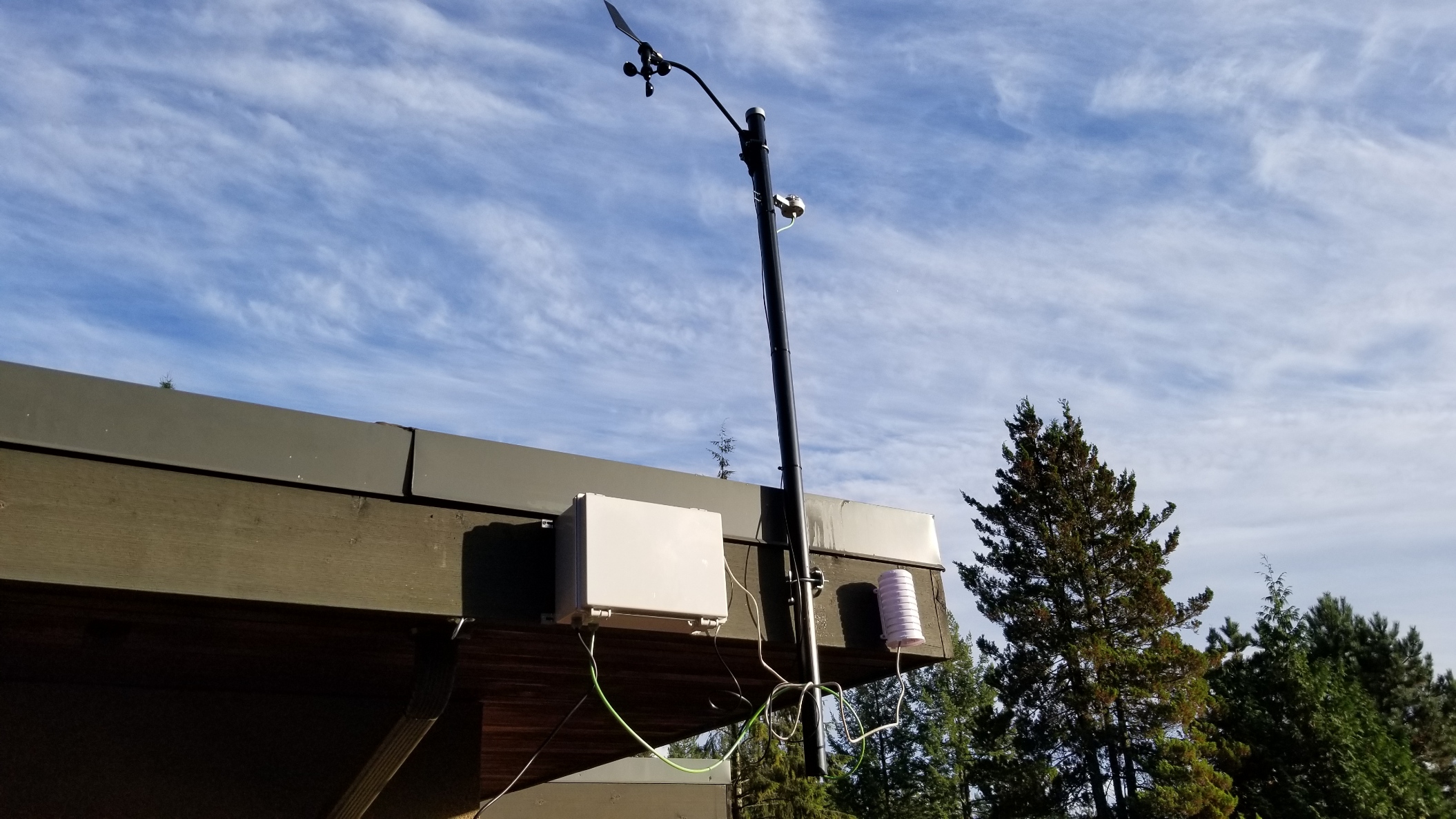The Raspberry Pi weather station is an IoT project used to demonstrate the use of Python, Linux, Adafruit IO, various meteorological sensors, and a Raspberry Pi to stream meteorological data. It uses Raspberry Pi OS (lite) and python to collect meteorological data and send it to Adafruit IO. This guide provides the code installation and setup.
You can read about why I made this project here
See here
This Google Sheet contains all the materials, tools, and hardware used to assemble the weather station. Some hardware/sensor improvements are provided here:
When I first set out do buy a digital rain guage to replace a tipping bucket, the best option that stood out was the Hydreon RG-11. Since completing this project, Hydreon has come out with a better version of their digital rain gauge called the RG-15. Although being more expensive than the RG-11, it is specifically designed to be a digital solution to replace the tipping-bucket, and is more accurate (± 10%) than the RF-11 (± 36% 2/3 of the time).
- Wiring tips, connecting individual sensors, and circuit diagrams can be shown here
- The power distribution diagram can be found in images/weather-Pi-PowerDist.pdf
NOTE: This assumes you have correctly wired your Raspberry Pi to the sensors.
See the Install page
Sometimes after an update the I2C and SPI interfaces will stop working. This can be solved by re-enabling them in raspi-config:
$ sudo raspi-configFollow the previous setup and install instructions to enable SPI and I2C again
There is curretly a known bug that will crash the application when sending the wind direction to the Adafruit IO feed. While I attempt to solve the bug and apply a fix, rebooting the Raspberry Pi solves this issue:
$ sudo reboot